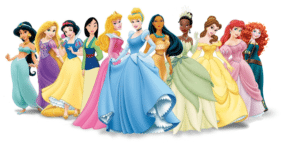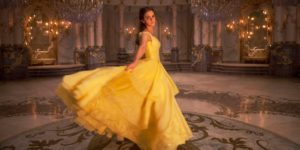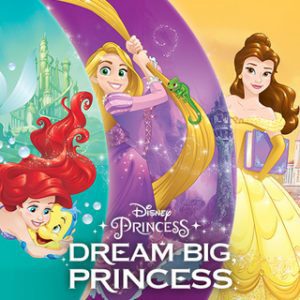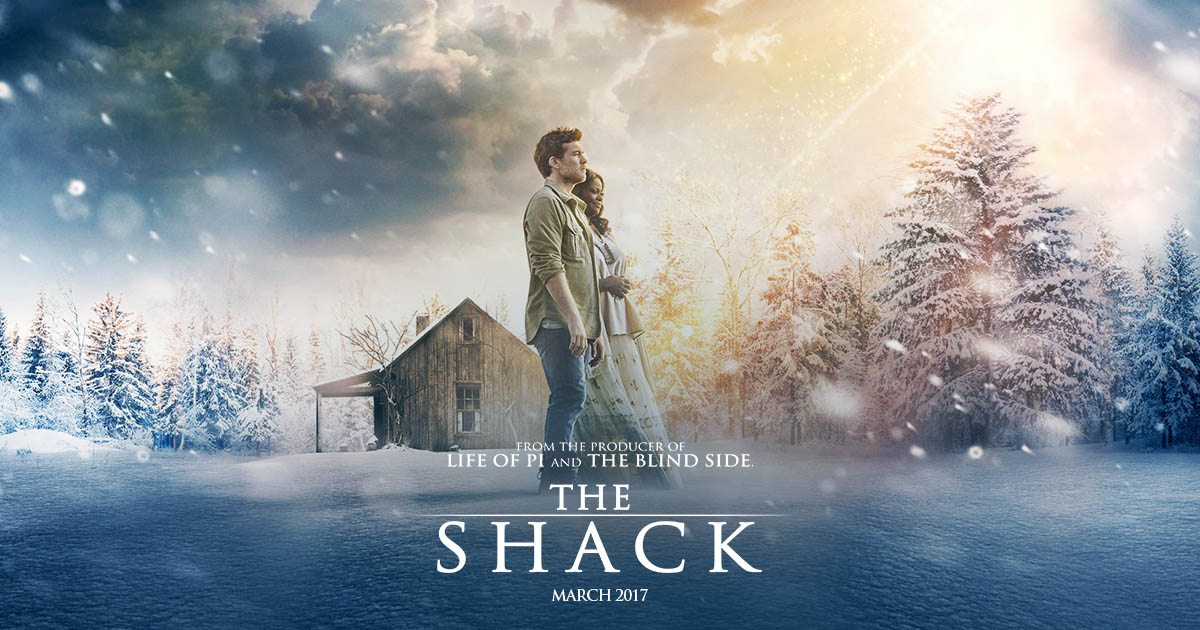Okay, I admit it. ?It’s a little weird.
As a (nearly) forty-year-old man, the last thing that you’d think I’d be writing about would be Disney Princesses. ?Still, with the release of their latest remake/reboot/resale of?Beauty and the Beast, I can’t help but think about how much has changed in a very short period of time for this contemporary image of women.
Personally, I think that it?s fair to say that so much of our modern understanding of what it means to be a ?princess? stems from Disney?s all-powerful influence.? When Disney first created the ?Princess? line-up in the early 2000s, it proved to not only be a great way to help familiarize this generation with their older characters, it also proved to be lucrative franchise of dresses, magic wands, and make-overs.? (In fact, just last year, the Disney Princess line-up helped propel Hasbro to record sales.) Interestingly though, they also became known for marketing a certain image of young women and, subsequently, a standard of beauty for young girls as well.
Eventually, this was met with backlash as fans became more away of Disney?s subtle stereotypes.? All of a sudden, Disney?s iconic princesses were becoming viewed with greater suspicion.? This, of course, placed Disney in a difficult position where they were suddenly forced to rethink the nature of a Disney ?princess?, lest they lose their market.
And, maybe, things have begun to change.
In recent films, Disney has shown that they are deliberately attempting to deconstruct the very princess stereotypes that they themselves worked so hard to build.? In their recent remake of Beauty and the Beast, Belle?one of the pillars of Disney?s Princess line of toys?proclaims that she is not a princess at all.? Moana is adamant that she?s ?not a princess.? [She]?s the daughter of the Chief.?? (?Same difference,? Maui replies.) Even Wreck-It Ralph?s Vanellope, after discovering her princess roots, throws off her fancy garb in favour of more comfortable clothes.? (In fact, following the tragic death of Carrie Fisher last December, there has even been an online campaign from fans to include Princess Leia in the line-up due to her fearlessness and strong character.? Admittedly, Disney has yet to officially comment on that, however.)
All of this shows a decidedly different tonal shift from the House of Mouse, even if they do seem to want to have their cake and eat it too.? Yes, they still want little girls to be excited about the frilly dresses and magic wands.? (A fact that, potentially, could be what?s keeping Leia and Venellope out of the Princess line-up.)? Still, maybe? just maybe? Disney is also trying to break down the walls of limitation that the labels have established.
This deliberate distancing from the name ?princess? shows that Disney realizes that the term has become limiting in a number of ways.? Through the representation of ?princesses? as primarily ??damsels in distress?, Disney has reinforced archaic understandings of gender roles over the years.? Still, whereas the term has often been associated with a need for rescue, it?s the princesses that are now, in fact, doing the rescuing.? In fact, they?re often assertive, proactive and, sometimes, more courageous than their male counterparts.? (For example, Moana may need Maui?s help but not because he?s a ?strong male?.? Rather, he draws much of his strength from her ferocity.)
One of the best examples of this change comes through Disney?s new vision for Belle in Beauty and the Beast.? Many have commented that Belle was the first Disney princess to really set herself apart.? Educated and fiery, Belle seemed a breakthrough for Disney as they moved into the 90s.? In the 2017 live-action remake however, this ?princess? is not only educated but also empowering, teaching young girls in the village to read for themselves.? She has a greater sense of the world around her and the limited worldviews of others.? (?Your library make our village seem small,? she says.)? Most importantly though, she?s even less complicit to her capture than the animated version by staying at the castle as an act of sacrifice and even generates a much more natural relationship with the Beast than in the original.
This, to me, is a far better example to the young women of this generation (and to the boys as well).? While there is nothing inherently wrong with the label of ?princess?, it should never define the qualitative behavior of a young woman.? What?s more, this sort of divisiveness is not isolated to ?princess? either.? As a pastor, I constantly think back to Scripture and how terms like ?leper?, ?tax collector? or ?sinner? are always culturally imposed and create spaces of judgment and limitation.? However, these loaded terms lose their power in Christ, where ?there is no longer Jew or Gentile, slave or free, male or female??? In Christ, labels fall away and we are invited to be at our most whole.? (In fact, I would even argue that Jesus empowered women throughout the Gospels in ways that biases within his culture and the church prevented at the time.)
It?s possible that, maybe, Disney is finally buying into what we?ve known for ages: that people can?t be limited to any specific label (or even that labels are, at best, incomplete pictures).? While the cynical might simply call it a marketing ploy, it?s definitely a step in the right direction.? In the future, I also hope that the next step would not to distance themselves from the term ?princess? but to reclaim it, showing that the term is far from limiting in and of itself.? Nonetheless, by releasing the stigma attached to the ?princess? label, Disney has begun to offer young girls role models that are contain qualities of being strong, educated and sensitive.
After all, like Moana says, there?s no telling ?how far [they?ll] go?.
Current EventsEditorial










Very good, Steve.